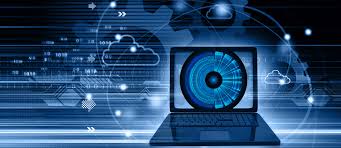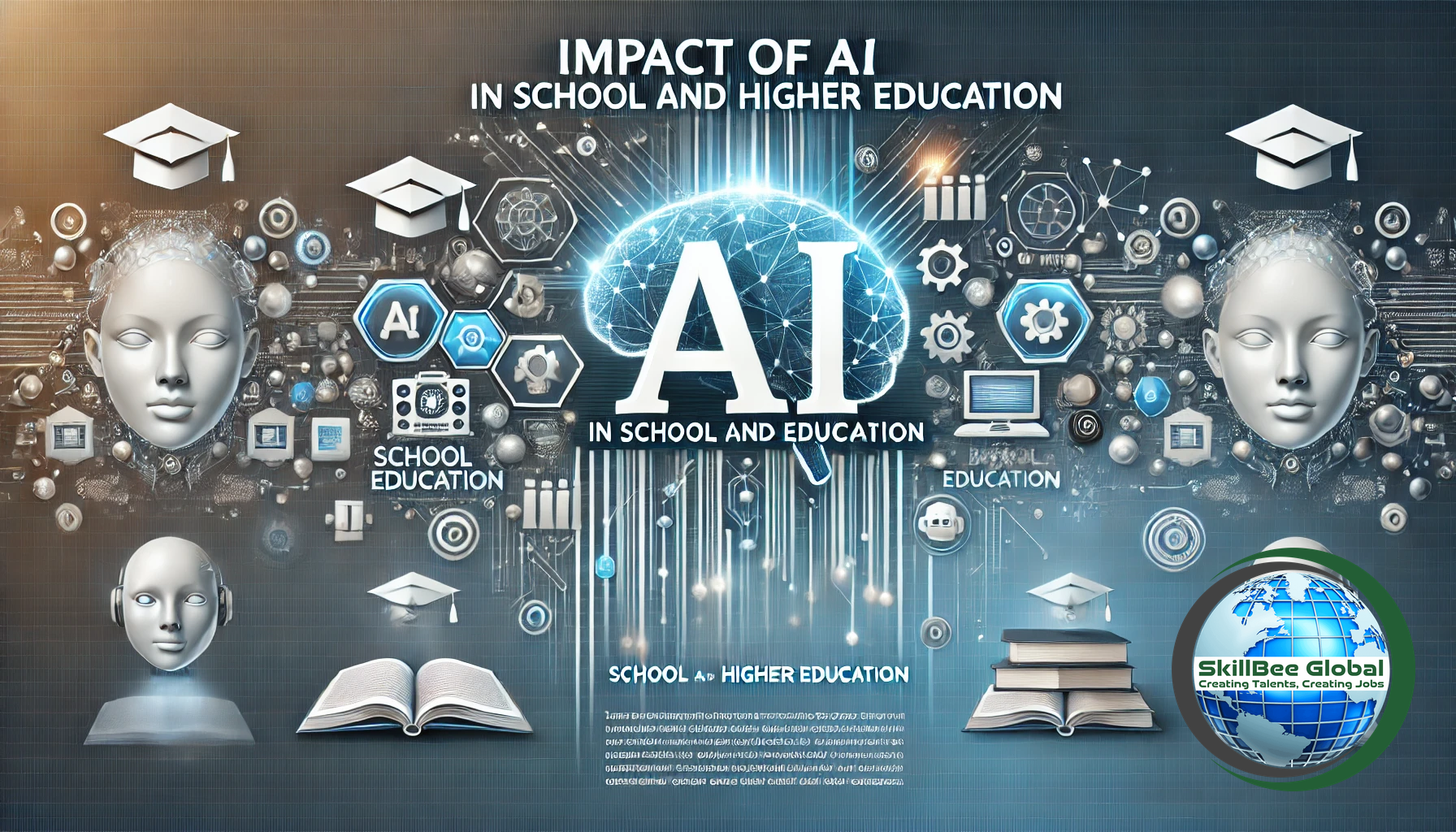
COMPUTER VISION AND DIGITAL IMAGES
Computer Vision is a rapidly growing field within Artificial Intelligence (AI) that allows computers and systems to gain high-level understanding from digital images, videos, or real-time visual inputs. It mimics human vision by enabling machines to interpret and make decisions based on visual data. This technology relies heavily on machine learning and deep learning models that teach computers how to recognize patterns and extract useful information from the visual world.
At the core, computer vision involves tasks such as image classification (recognizing what an image contains), object detection (locating and identifying multiple objects within an image), and image segmentation (dividing an image into regions based on what it represents). For example, in self-driving cars, computer vision systems detect traffic signs, pedestrians, other vehicles, and road conditions. This information helps the car navigate safely without human intervention.
In healthcare, computer vision is used to analyze medical images like X-rays, MRIs, and CT scans to detect abnormalities such as tumors, fractures, or infections, aiding in faster and more accurate diagnosis. Another practical application is in retail, where automated checkout systems use computer vision to recognize products without scanning barcodes.
Facial recognition is another widely used application, where computer vision identifies and verifies individuals based on their facial features. This technology is now common in smartphones for unlocking devices, as well as in security and surveillance systems.
With advancements in AI, computer vision is continually evolving, revolutionizing industries like healthcare, automotive, retail, and entertainment, making machines more intelligent and capable of interacting with the world visually, much like humans do.
Digital vision encompasses various aspects of futuristic technology, innovation, and digital transformation. Here are some image concepts that represent digital vision:
Concepts:
1.Virtual Reality (VR) and Augmented Reality (AR)
2.Artificial Intelligence (AI) and Machine Learning (ML)
3.Internet of Things (IoT) and Smart Cities
4.Cybersecurity and Data Protection
5.5G Networks and Quantum Computing
6.Digital Health and Telemedicine
7.Autonomous Vehicles and Robotics
8.Blockchain and Cryptocurrency
9.Cloud Computing and Edge Computing
10.Mixed Reality (MR) and Extended Reality (XR)
Visuals:
1.Futuristic cityscapes with sleek skyscrapers and neon lights
2.Humans interacting with virtual assistants or AI-powered robots.
3.Wearable devices and implants with glowing circuits
4.Global networks and connections represented by glowing lines.
5.Brain-computer interfaces or neural networks
6.Self-driving cars and hyperloops
7.Digital avatars and virtual humans
8.Secure data vaults and encryption symbols
9.Quantum processors and microchips
10.Virtual reality headsets and MR experiences
Thought Leadership
SkillBee Global
https://jobs.skillbeeglobal.com
Comments (0)
Categories
Recent posts


Upskilling Employees -Top 10 Benefits ...
8 Aug 2024
The Importance of Skill Education: A ...
8 Aug 2024
Emerging Job Roles and Skills in Demand
8 Aug 2024




